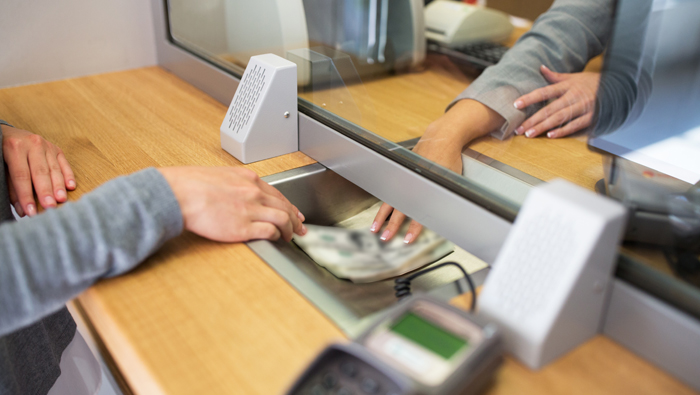
Muscat: Indian nationals living in Oman can continue to take advantage of the high exchange rate they receive when they convert Omani Rials into Indian Rupees to send money to their families and friends back home, after it reached its highest-ever value on Monday.
A single Omani Rial was briefly worth INR203, the highest-ever rate for the Indian currency, before coming down owing to stabilisation efforts by the Reserve Bank of India, say exchange house officials in Oman.
“When the Rupee rate crossed the INR200-mark a few weeks ago, that was a cause of concern for us,” said Ravi Sekhar, general manager for Musandam Exchange. “The US federal government’s decision to hike interest rates pushed the exchange rate to the INR201-mark, and trading in the market began at INR203 on Monday morning.
“I do not think, however, that the Indian Rupee rate will cross its current mark, because I have come to know from my associates in India that the Reserve Bank of India has stepped in to pump money and stabilise the Rupee,” he added.
Sekhar added that while at the start of the business day, Musandam Exchange was offering conversion rates of INR202.75 per Omani Rial, by the close of business, the rate had fallen to between INR202.15 and INR202.20.
Amit Talukder, general manager for Global Money Exchange, another currency house with operations in Oman, explained that there were several reasons for the exchange rate continuing to climb. Global Money was also offering similar exchange rates.
“A primary reason is that India is a net importer of oil and the cost of oil is high at the moment owing to ongoing global issues,” he said. “After the US Fed decided to increase interest rates, the RBI also chose to increase its own rates, which means that investors or businessmen who previously received favourable rates are now at a disadvantage.
“Foreign investors who, therefore, might look at India as an investment option will choose their own countries, if the interest rates at home are better…this is a big disadvantage for investment in India,” he added. “Furthermore, in developing countries, there is always an outflow of currency by businesses, which convert local currency into US Dollars and then send them outside the country. This means the demand for the Indian Rupee decreases, and that in turn lowers its value.
“Owing to all these global events, many stock markets began their business day in a state of constant flux,” he explained. “It is not just the Indian currency, but those in other developing countries – such as the Philippine Peso, Bangladesh Taka and Pakistani Rupee, to name a few – that have been affected by current developments.”
As reported by ANI, the RBI’s Governor also said inflation in the cost of goods and services was another reason for the climbing exchange rate.
“It may be noted that around 75 percent of the increase in inflation projections can be attributed to food items. Further, the baseline inflation projection of 6.7 per cent for 2022-23 does not take into account the impact of monetary policy actions taken today,” the RBI Governor said in the monetary policy statement last week.
The Indian stock markets’ key indices, Sensex and Nifty, slumped by more than 2.5 per cent on Monday. The 30-stock S&P BSE Sensex was trading 1404.39 points or 2.59 percent down at 52,899.05 points at 12.29 pm.
This is the second consecutive session of a sharp drop in the benchmark index. The Sensex had lost 1016.84 points or 1.84 percent on Friday. In the last two sessions, the Sensex has lost around 2,400 points. There have been incessant outflows of foreign funds from the Indian markets. Since the beginning of the year, the foreign institutional investors (FII) have pulled out around $24 billion from the Indian markets.
The recent upsurge in crude oil prices have put pressure on the Indian currency. Brent crude oil prices were hovering near $120 per barrel. High oil prices are expected to widen trade deficits. It will also put pressure on the country’s current account deficit. Recent surges in crude oil prices and inflationary pressure have led to the decline in the value of the Rupee.
Inflation has emerged as a major headache for the policymakers in India. High crude oil prices raise concern of a sustained rise in import bills. The Reserve Bank of India (RBI) last week raised its inflation forecast for the current financial year to 6.7 percent from its earlier projection of 5.7 percent.